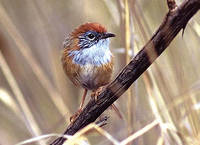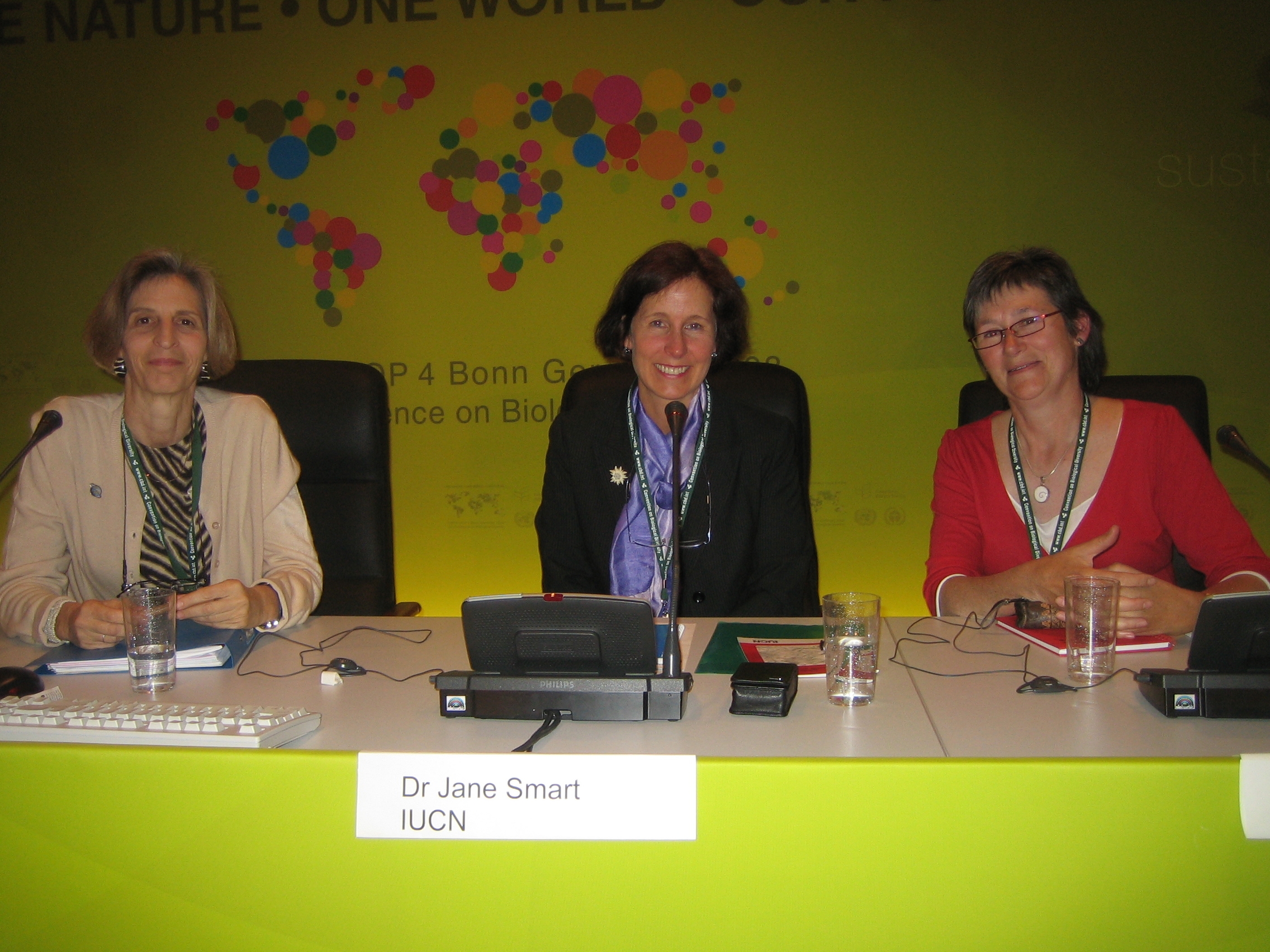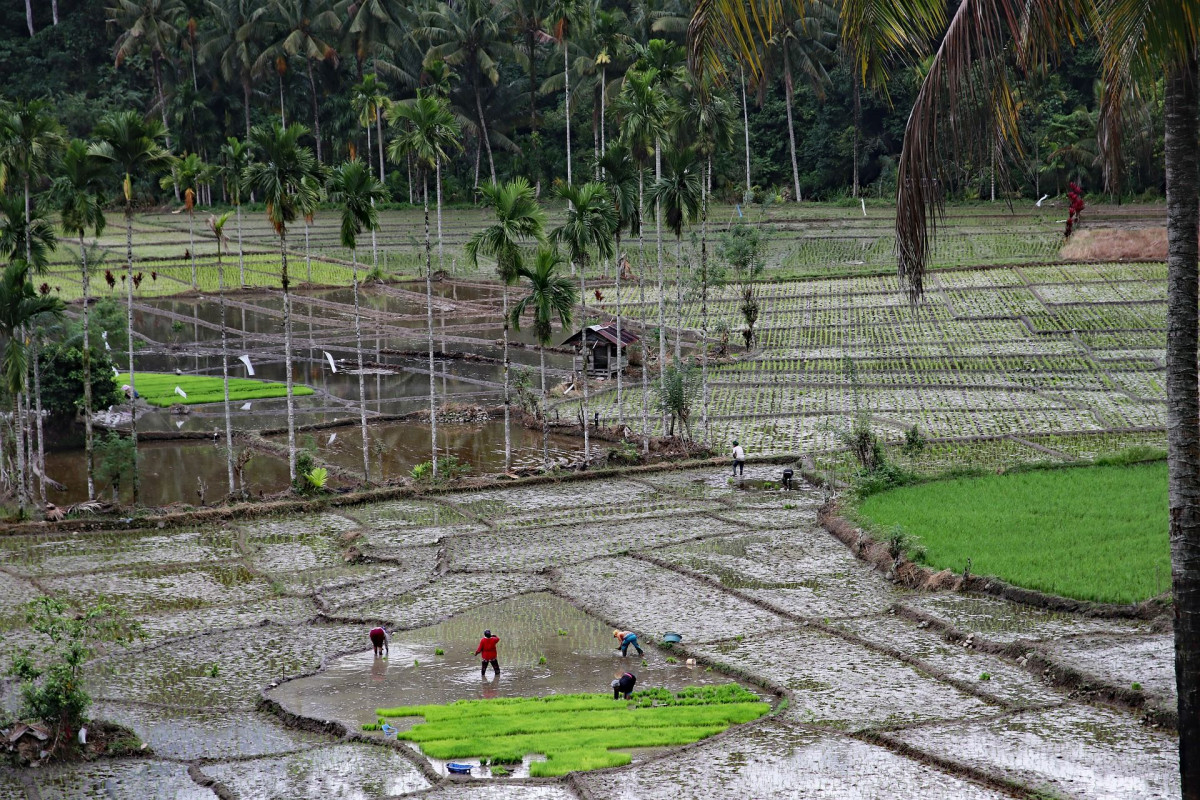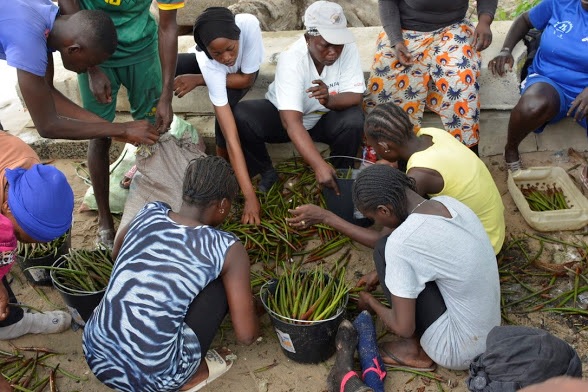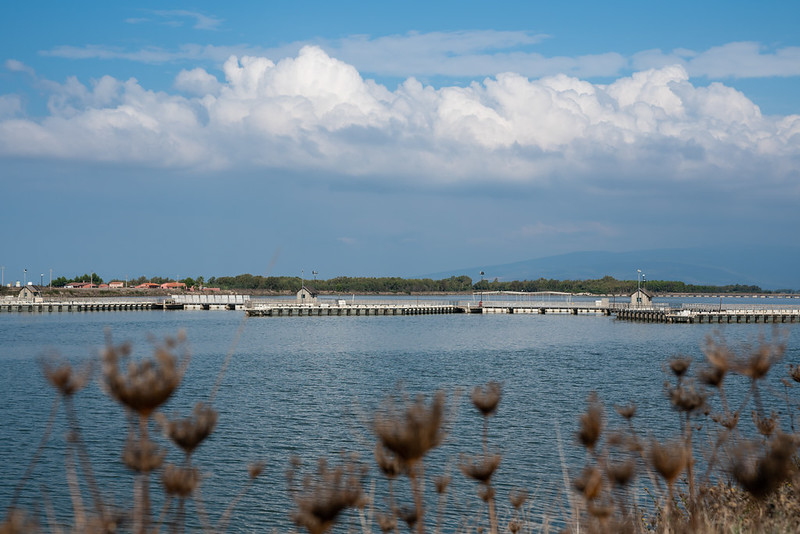IUCN Red List 2008 for birds: Climate change and continental drift
Bonn, Germany, 19 May, 2008 (BirdLife/IUCN) – Climate change has become firmly established as an accelerant to many of the factors which have put one in eight of the world's birds at risk of extinction, today’s publication of the 2008 IUCN Red List of Threatened Species äassessment for birds has found.
Long-term drought and sudden extreme weather are putting additional stress on the pockets of habitat that many threatened species depend on. This, coupled with extensive and expanding habitat destruction, has lead to an increase in the rate of extinction on continents and away from islands, where most historical extinction has occurred.
The 2008 IUCN Red List makes grim reading with 1,226 species of bird now threatened, and eight species newly uplisted to Critically Endangered, the highest threat category. Of the 26 species that changed category owing to changes in their population size, rate of decline or range size, 24 were uplisted to a higher level of threat. These include widespread continental species like Eurasian Curlew (Numenius arquata) and Dartford Warbler (Sylvia undata), both previously of Least Concern, and now regarded as Near Threatened in a global context.
“This latest update of the IUCN Red List shows that birds are under enormous pressure from climate change,” says Jane Smart, Head of IUCN’s Species Programme. “The IUCN Red List is the global standard when it comes to measuring species loss so we urge governments to take the information contained in it seriously and do their level best to protect the world’s birds.”
In Australia, Mallee Emuwren (Stipiturus mallee) is undergoing a very rapid population decline, and its habitat is now so fragmented that a single bushfire could be catastrophic. Years of drought, particularly in the southern and western parts of the species’ range, have affected the health of the vegetation on which it relies and has almost led to the emuwren’s extinction in South Australia where the last significant population comprises 100 birds confined to 100 km².
In the Galápagos Islands, Floreana Mockingbird (Nesomimus trifasciatus) is confined to two islets off Floreana. Its population has declined from an estimated maximum of 150 individuals in 1966 to fewer than 60, and is now at risk from extreme weather events. As a result it has been uplisted to Critically Endangered.
In Papua New Guinea, deforestation caused by a rising demand for the cultivation of palm oil has led to species such as New Britain Goshawk (Accipiter princes) being uplisted to a higher threat category.
However, there is some good news. Two species whose situation has improved are Marquesan Imperial-pigeon (Ducula galeata) and Little Spotted Kiwi (Apteryx owenii), both the beneficiaries of conservation. Actions plans put in place have resulted in the downlisting of both species to lower threat categories.
“This goes to show not only that conservation action works but that it is vital if we are to prevent the extinction of these and other species,” says Dr Stuart Butchart, BirdLife's Global Research and Indicators Coordinator. “Species are being hit by the double whammy of habitat loss and climate change. As populations become fragmented the effect of climate change can have an even greater impact, leading to an increased risk of local extinctions.”
Climate change is likely to figure more prominently in future IUCN Red List updates. Spoon-billed Sandpiper (Eurynorhynchus pygmeus) has been uplisted from Endangered to Critically Endangered, owing to accelerating population declines, driven partly by habitat loss and degradation of the tidal flats it depends on in its migratory and wintering ranges. But climate change is expected to have an increasing negative impact on this species and others dependent on tundra for breeding. Modelling indicates that 57% of the Spoon-billed sandpiper's breeding habitat could be lost by 2070.
To combat the ever increasing threat of extinction to so many species, BirdLife has launched the Preventing Extinctions Programme, the biggest and most wide-ranging bird conservation programme the world has ever seen. The Programme targets all 190 Critically Endangered birds on the 2008 IUCN Red List, by finding ‘Species Champions’ who will fund the work of nominated ‘Species Guardians’ for each bird - organisations and people best placed to carry out the conservation work necessary to prevent the loss of these species.
For further information, interviews or images please contact:
• Martin Fowlie at BirdLife International in Cambridge, UK: tel. +44 (0)1223 279813; martin.fowlie@birdlife.org
• Sarah Halls, IUCN Media Relations Officer, Tel: +41 22 999 0127; Mobile: +49 170 721 4198; Email: sarah.halls@iucn.org
• Brian Thomson, IUCN Communications, Tel:+41 22 999 0251; Mobile: +49 170 693 8536; Email: brian.thomson@iucn.org
Notes for Editors
• For more species, regional and country information about the Red List go to the embargoed pre-publication website
• 148 species have changed their Red List categories. Many of these are a result of an improved knowledge of populations or threats but of the 26 species that changed category owing to changes in their population size, rate of decline or range size, 24 were uplisted to a higher level of threat.
• In total, eight species have been newly uplisted to Critically Endangered on the 2008 Red List (Tristan Albatross Diomedea dabbenena, Spoon-billed Sandpiper Eurynorhynchus pygmeus, Tachira Antpitta Grallaria chthonia, Reunion Cuckooshrike Coracina newtoni, Mariana Crow Corvus kubaryi, Floreana Mockingbird, Akekee and Gough Bunting Rowettia goughensis), while six have been downlisted from Critically Endangered to Endangered (Gorgeted Wood-quail Odontophorus strophium, Marquesan Imperial Pigeon Ducula galeata, Purple-backed Sunbeam Aglaeactis aliciae, Gurney's Pitta Pitta gurneyi) or Vulnerable (Rondonia Bushbird Clytoctantes atrogularis, Somali Thrush Turdus ludoviciae).
Top 10 countries for threatened bird species
Brazil 141
Indonesia 133
Peru 106
China (mainland) 102
Philippines 92
Colombia 90
India 88
Ecuador 74
USA 73
New Zealand 72
Regional species examples
Africa
Reunion Cuckoo-shrike (Coracina newtoni) uplisted from Endangered to Critically Endangered. For more information click here
Blue-winged Goose (Cyanochen cyanoptera) uplisted from Near Threatened to Vulnerable. For more information click here
Americas
Helmeted Curassow (Pauxi pauxi) uplisted from Vulnerable to Endangered. For more information click here
Floreana Mockingbird (Mimus trifasciatus) uplisted from Endangered to Critically Endangered. For more information click here
Asia
Baer's Pochard (Aythya baeri) uplisted from Vulnerable to Endangered. For more information click here
Spoon-billed Sandpiper (Eurynorhynchus pygmeus) uplisted from Endangered to Critically Endangered. For more information click here
Europe
Eurasian Curlew (Numenius arquata) uplisted from Least Concern to Near Threatened. For more information click here
Dartford Warbler (Sylvia undata) uplisted from Least Concern to Near Threatened. For more information click here
Pacific
Mariana Crow (Corvus kubaryi) uplisted from Endangered to Critically Endangered. For more information click here
Mallee Emuwren (Stipiturus mallee) uplisted from Vulnerable to Endangered. For more information click here
BirdLife International is a global alliance of conservation organisations working in more than 100 countries and territories that, together, are the leading authority on the status of birds, their habitats and the issues and problems affecting theme. www.birdlife.org
IUCN, the International Union for Conservation of Nature, helps the world find pragmatic solutions to our most pressing environment and development challenges by supporting scientific research; managing field projects all over the world; and bringing governments, NGOs, the UN, international conventions and companies together to develop policy, laws and best practice. www.iucn.org
The IUCN Species Programme supports the activities of the IUCN Species Survival Commission and individual Specialist Groups, as well as implementing global species conservation initiatives. It is an integral part of the IUCN Secretariat and is managed from IUCN’s international headquarters in Gland, Switzerland. The Species Programme includes a number of technical units covering Species Trade and Use, the Red List Unit, Freshwater Biodiversity Assessments Unit, (all located in Cambridge, UK), and the Global Biodiversity Assessment Unit (located in Washington DC, USA). www.iucn.org/species
BirdLife is the Red List Authority for birds for the IUCN Red List. IUCN Red List categories include: Critically Endangered (facing an extremely high risk of extinction in the wild), Endangered (facing a very high risk of extinction in the wild), Vulnerable (facing a high risk of extinction in the wild), Near Threatened (close to qualifying for Vulnerable) and Least Concern (species not qualifying for the other categories, including widespread and abundant species). Species are assigned to categories using criteria with quantitative thresholds for population size, population trend, range size and other parameters. All the assessments will be available on www.birdlife.org but will only be available on www.iucnredlist.org from October 2008.
